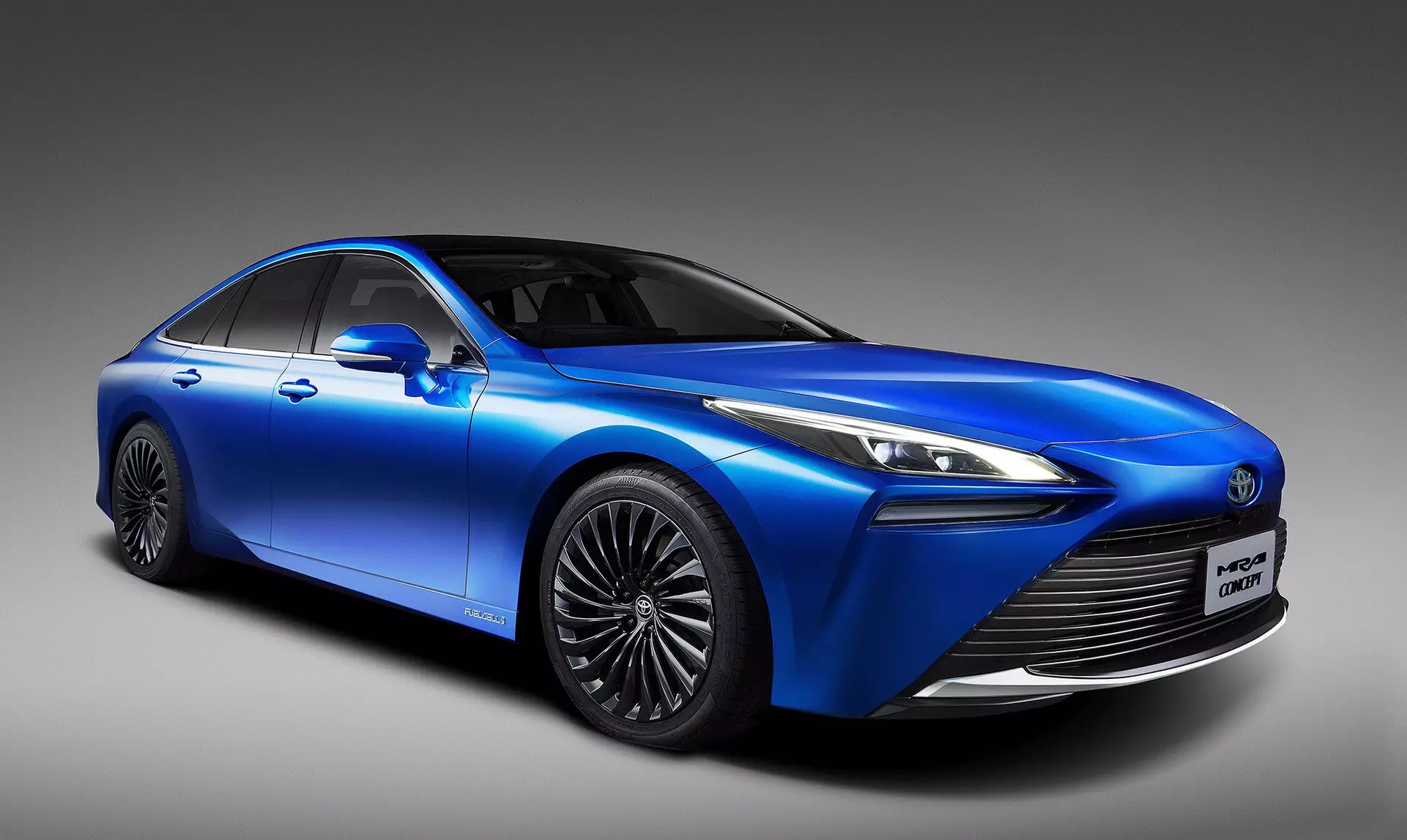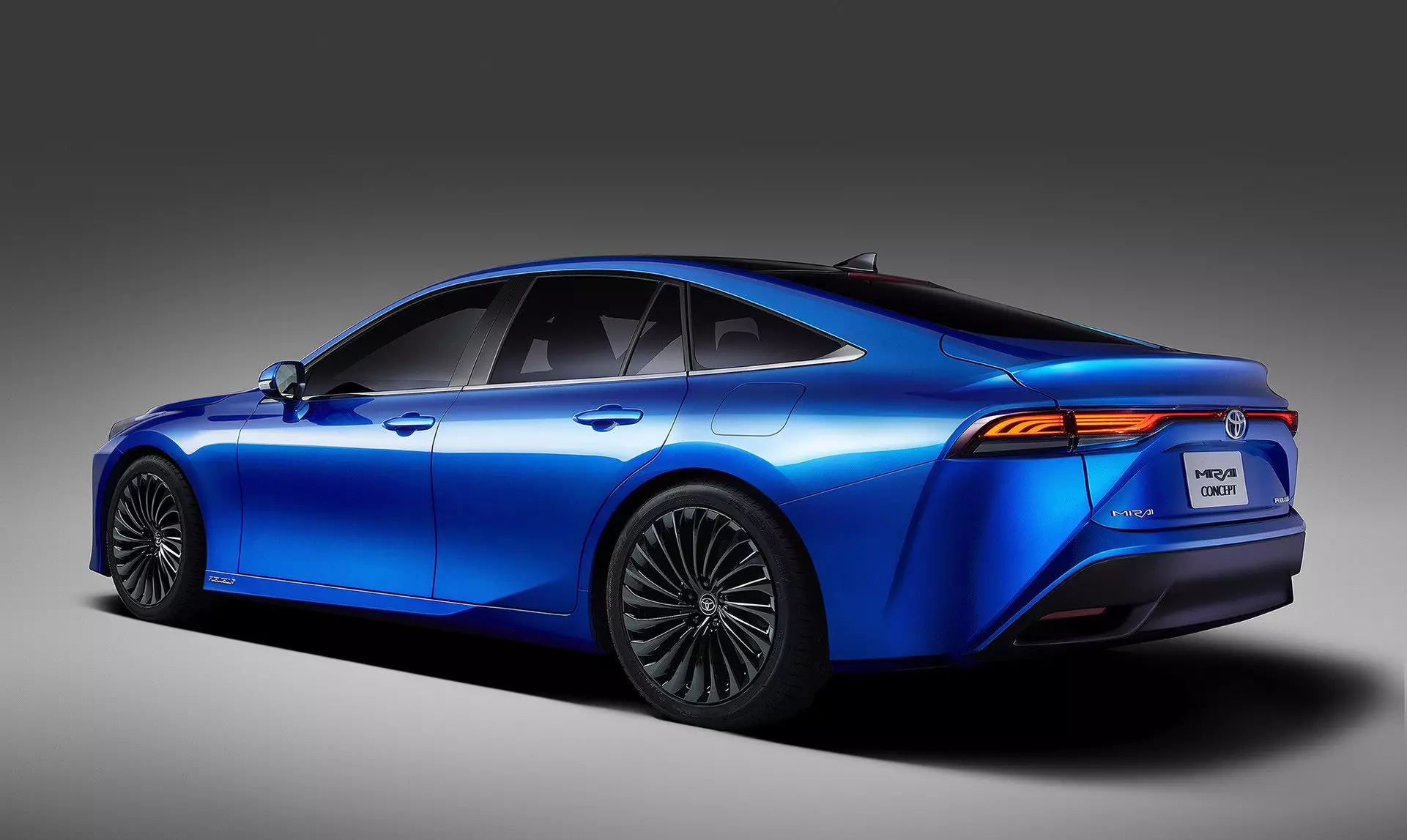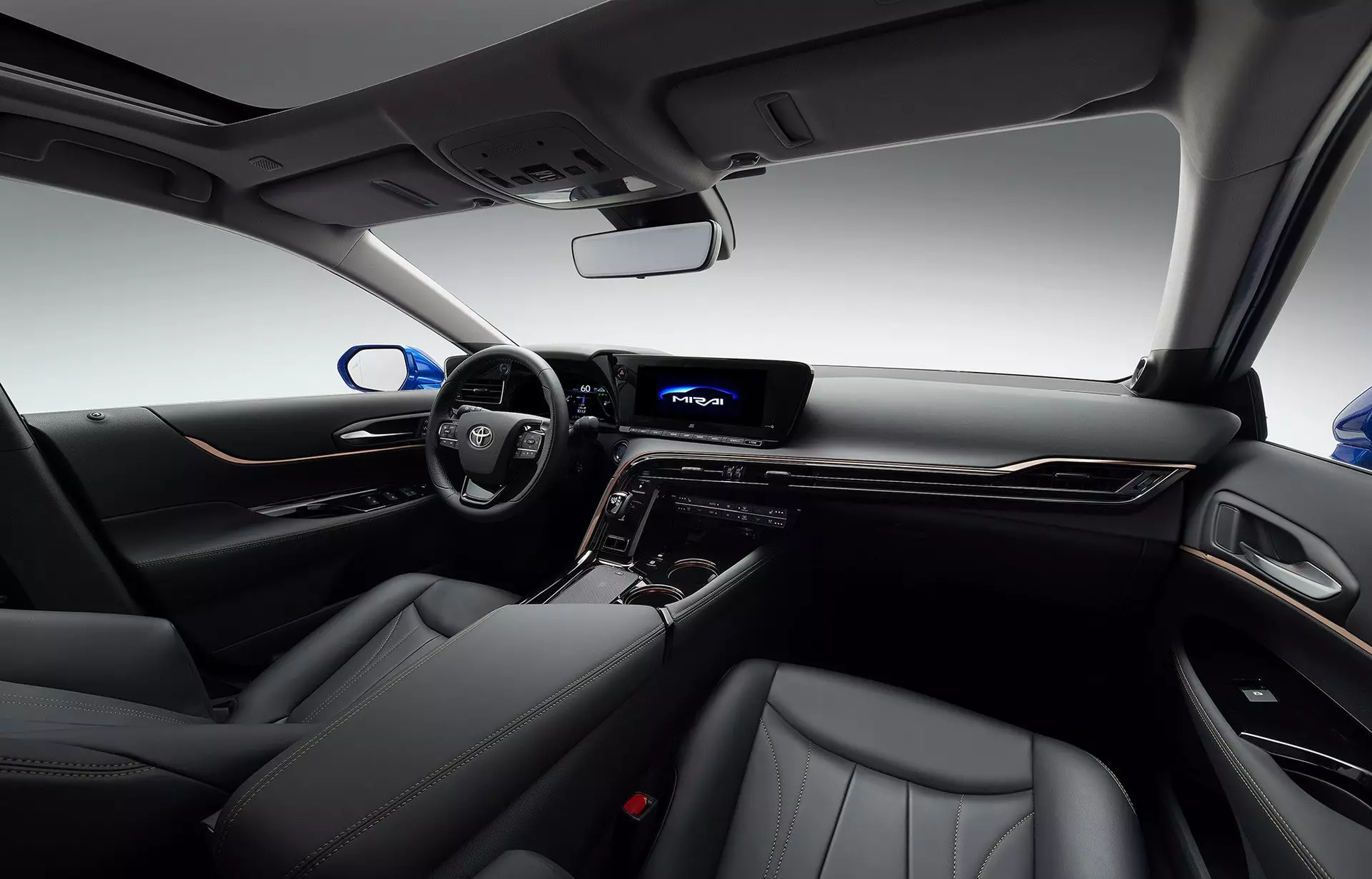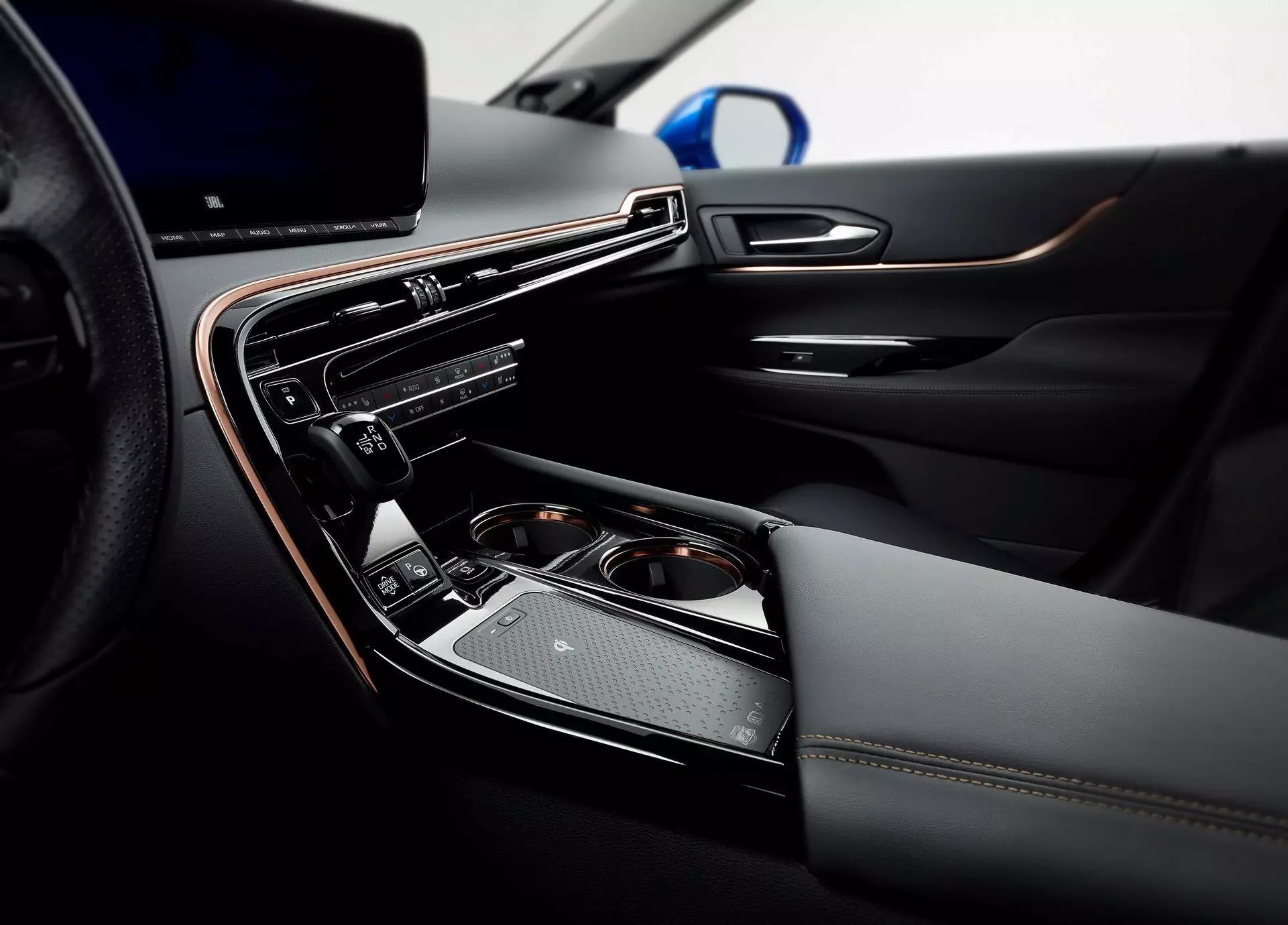THE Toyota Mirai , one of the first vehicles with a hydrogen fuel cell (fuel cell) to be sold commercially — around 10,000 units sold so far — was unveiled to the world in 2014 and is set to meet a new generation in 2020.
The second generation of the “exhaust water car” will be anticipated at the next Tokyo Motor Show (October 23 to November 4) with a show car and whose images Toyota has just made available.
And dammit… what a difference.

Despite being technologically advanced, the truth is that the Toyota Mirai hardly convinced anyone by its appearance. The second generation images reveal an entirely different creature.
Subscribe to our newsletter
Based on the TNGA modular architecture for rear-wheel-drive vehicles, and flexible to accommodate different types of powertrains, the proportions are clearly different — and for the better — from the original model, a front-wheel drive.

The new Mirai is 85mm longer (4,975m), 70mm wider (1,885m), 65mm shorter (1,470m) and the wheelbase has grown by 140mm (2,920m). The proportions are typical of a large rear-wheel-drive saloon and the styling is much more sophisticated and elegant — it almost looks like a Lexus...
Toyota refers to a more rigid structure with a lower center of gravity, promising more agility and responsiveness and a more rewarding drive for its FCEV (Fuel Cell Electric Vehicle or fuel cell electric vehicle).
Yoshikazu Tanaka, head of engineering at Mirai'We pursued our goal of making a car that customers feel they want to drive at all times, a car with an attractive, emotional design and the kind of responsive, dynamic performance that can put a smile on the driver's face.
I want customers to say, "I chose a Mirai not just because it's an FCEV, but because I simply want this car, which happens to be an FCEV."'
More autonomy
Naturally, in addition to the new foundation on which it rests, the news focuses on the evolution of hydrogen fuel cell technology. Toyota promises an increase of up to 30% in the autonomy of the current model for the new Mirai (550 km on NEDC cycle).

Gains achieved thanks to the adoption of hydrogen tanks of greater capacity, in addition to advances in the performance of the fuel cell system (fuel cell), ensuring, says Toyota, a more linear and smoother response.
Obviously, we will hardly see Mirai reach Portugal, as happened with the first generation. The absence of a hydrogen fueling infrastructure continues to be an obstacle to seeing vehicles like the Mirai being marketed in our country.

More information will be made available with the public unveiling of the new Toyota Mirai during the Tokyo Motor Show.
